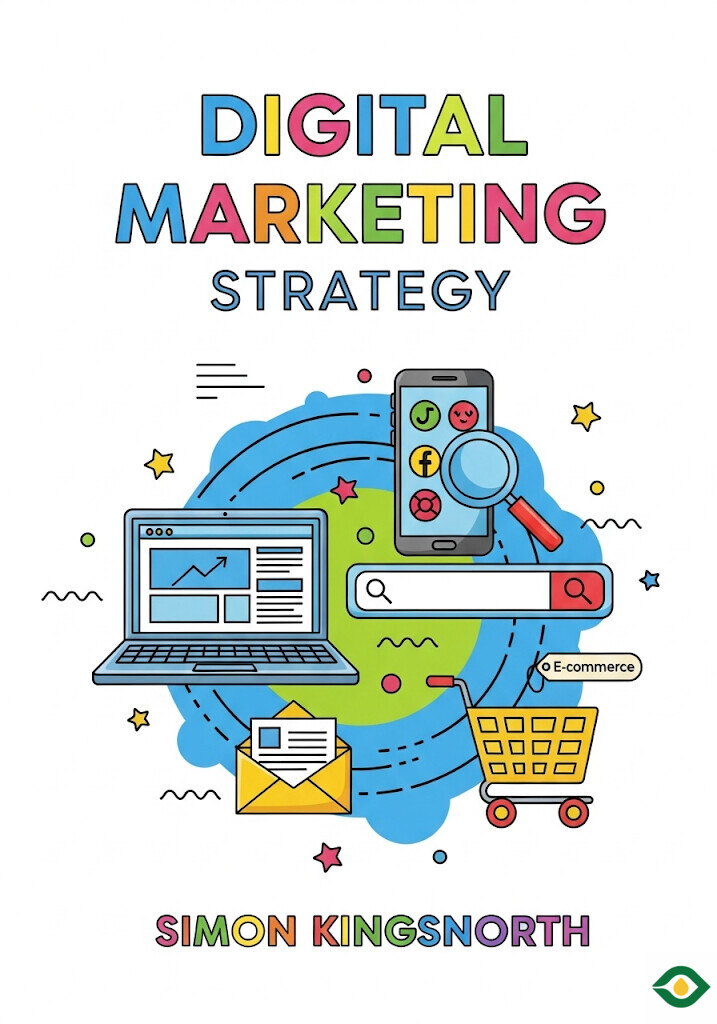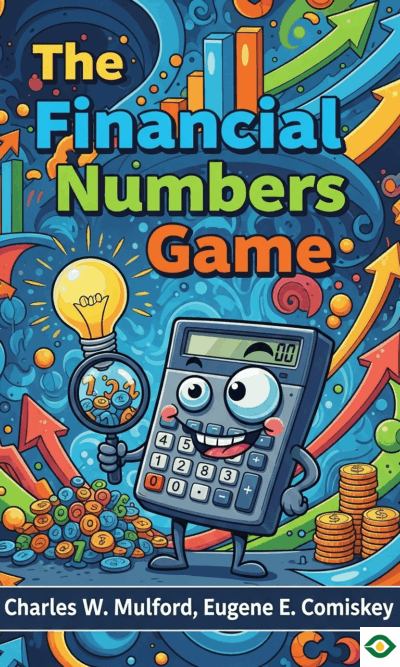Description
Digital marketing is the art and science of reaching people where they spend a huge part of their lives today — online. Businesses no longer rely only on billboards, TV ads, or newspaper spreads. Instead, they meet people on social platforms, in search results, and through personalized messages that feel almost like one-on-one conversations. This shift to digital has changed marketing forever, creating both exciting opportunities and serious challenges.
One of the first things to understand is that digital marketing is not just about selling. It is about building relationships. Social media, for example, gives businesses the chance to talk with customers, not just at them. This two-way interaction can be powerful. A brand can listen, learn, and respond in real time. But it also means mistakes spread quickly. When a Dutch airline posted a thoughtless joke after a soccer match, it faced an immediate storm of criticism. Yet the same company later rebuilt its reputation by answering every customer complaint online and reducing its response time to under half an hour. The lesson is clear: social media rewards brands that show they care and punishes those that forget respect.
Search Engine Optimization, often called SEO, is another key piece of the digital puzzle. Imagine owning a store on the busiest street in town. That is what appearing at the top of a search result feels like. But unlike renting a store, you do not buy that position outright. You earn it. Search engines like Google decide rankings through complicated rules. Good SEO begins with choosing the right keywords — the words people actually type when looking for products or services. It is smarter to aim for a specific niche than to compete for a broad, crowded word. For example, instead of trying to rank for “pizza in New York,” it may be wiser to target “Neapolitan pizza in Brooklyn.” Knowing your audience helps here. A busy parent may search using the word “fast,” while a student may look for “cheap.” Thinking like your customer is half the battle.
But SEO has grown far beyond keywords. Search engines now look at the structure of your website, the originality of your content, and how easy it is to use on mobile phones. If your site is messy, hard to navigate, or copies content from somewhere else, you will be pushed down. On the other hand, a well-organized site with clear pages, meaningful URLs, and mobile-friendly design can climb higher. Google even rewards websites that publish useful, unique, and popular content. In short, SEO today means thinking about the whole user experience, not just sprinkling in some keywords.
Sometimes, though, businesses want faster results. That is where paid search comes in. These are the ads you see at the top of Google results. Unlike old-fashioned advertising, you only pay when someone actually clicks. This makes it efficient and flexible. You can also apply the same keyword logic used in SEO. Choose words carefully, measure results, and adjust. The interesting part is that money alone does not guarantee the top spot. Google also scores the quality of ads. An ad that is more relevant and trusted can beat one backed by a bigger budget. Paid search is a reminder that in digital marketing, numbers and creativity work together.
Personalization is another force reshaping marketing. It means tailoring messages to people based on their behavior, interests, and past choices. Done well, personalization feels natural. A shopper who looked at running shoes yesterday might see a special discount for those shoes today. This makes ads feel less like interruptions and more like helpful suggestions. But personalization is a double-edged sword. Many people worry about privacy. They do not want companies to know too much about their lives. Businesses must strike a balance, using data responsibly and transparently. Trust is easy to lose and very hard to win back. The story of Facebook’s secret experiment on users’ emotions is a warning. While the technique was powerful, it destroyed confidence in the brand. Marketers must never forget that respect and ethics matter as much as results.
Content marketing is another pillar of digital strategy. The word “content” may sound vague, but it includes blogs, videos, podcasts, infographics, reports, and more. Unlike direct ads, content marketing works by offering value first. It answers questions, entertains, or teaches something useful. A strong example comes from Hertz, the car rental company. Facing competition, Hertz realized it was weak in online content. Its website had too little information and lacked engaging articles or guides. The company invested in producing over 11,000 pages of new material, targeting local search needs like “car rental in Naples.” The result was impressive: higher rankings, stronger brand presence, and significant revenue growth. Content, when done well, not only attracts people but also keeps them coming back.
All of these strategies — social media, SEO, paid search, personalization, and content — work best when they fit together. Digital marketing is not about doing one thing in isolation. It is about building a system that covers multiple touchpoints. A potential customer might first see an ad, then read a helpful blog, then check reviews on social media, and finally make a purchase after receiving a personalized email. Each step matters. Each step builds trust. That is why consistency is key. The tone, style, and values of a brand must stay true across every channel. If your brand is friendly and caring, that should be visible in every tweet, ad, and blog post.
Another important principle is relevance. Businesses sometimes get excited and create content that has nothing to do with their core purpose. That can confuse audiences. If you sell cars, making posts about puppies might get attention, but it does not strengthen your brand. The best content is both engaging and connected to your identity. It is not about grabbing random clicks. It is about forming meaningful connections with the right people.
Digital marketing is also about speed and measurement. Unlike traditional ads, digital campaigns can be tracked almost instantly. You can see which posts are shared, which ads bring clicks, and which emails get opened. This data is a treasure. It tells you what works, what fails, and where to improve. But data should guide decisions, not replace human judgment. Numbers alone cannot tell you how a message feels or whether it builds long-term trust. The smartest marketers combine data with empathy, logic with creativity.
The future of digital marketing will likely involve even more personalization, automation, and integration across devices. Voice search, artificial intelligence, and virtual experiences are already changing how people interact online. But the heart of marketing remains the same: understanding people. Technology is only a tool. The goal is still to connect with human needs, desires, and emotions. Companies that remember this will stand out in a noisy world.
In summary, digital marketing is a journey. It demands patience, experimentation, and constant learning. It asks businesses to listen as much as they talk. It requires care with data and creativity with content. Success does not come from one magic trick but from combining many elements into a thoughtful strategy. Social media can spark conversations, SEO can bring visibility, paid search can deliver quick results, personalization can make messages relevant, and content can build lasting relationships. Together, they form the backbone of modern marketing.
The digital world is crowded, fast, and competitive. Yet for those willing to adapt, it offers endless possibilities. With the right mindset, every business, large or small, can use digital marketing to reach people, share value, and grow in ways that were once impossible.





